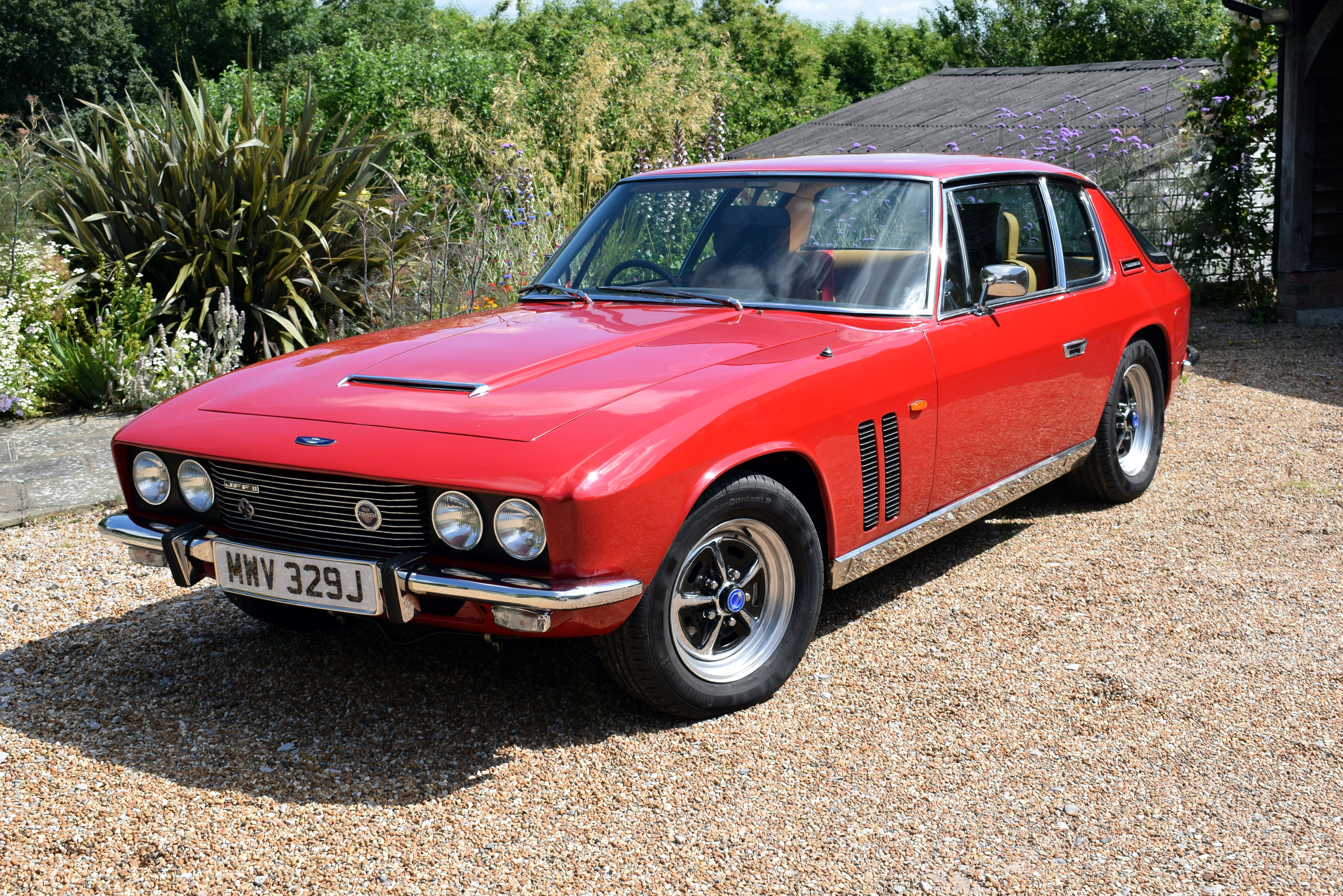
Click Here for Full Screen Image - Click Here to Download Image
 | 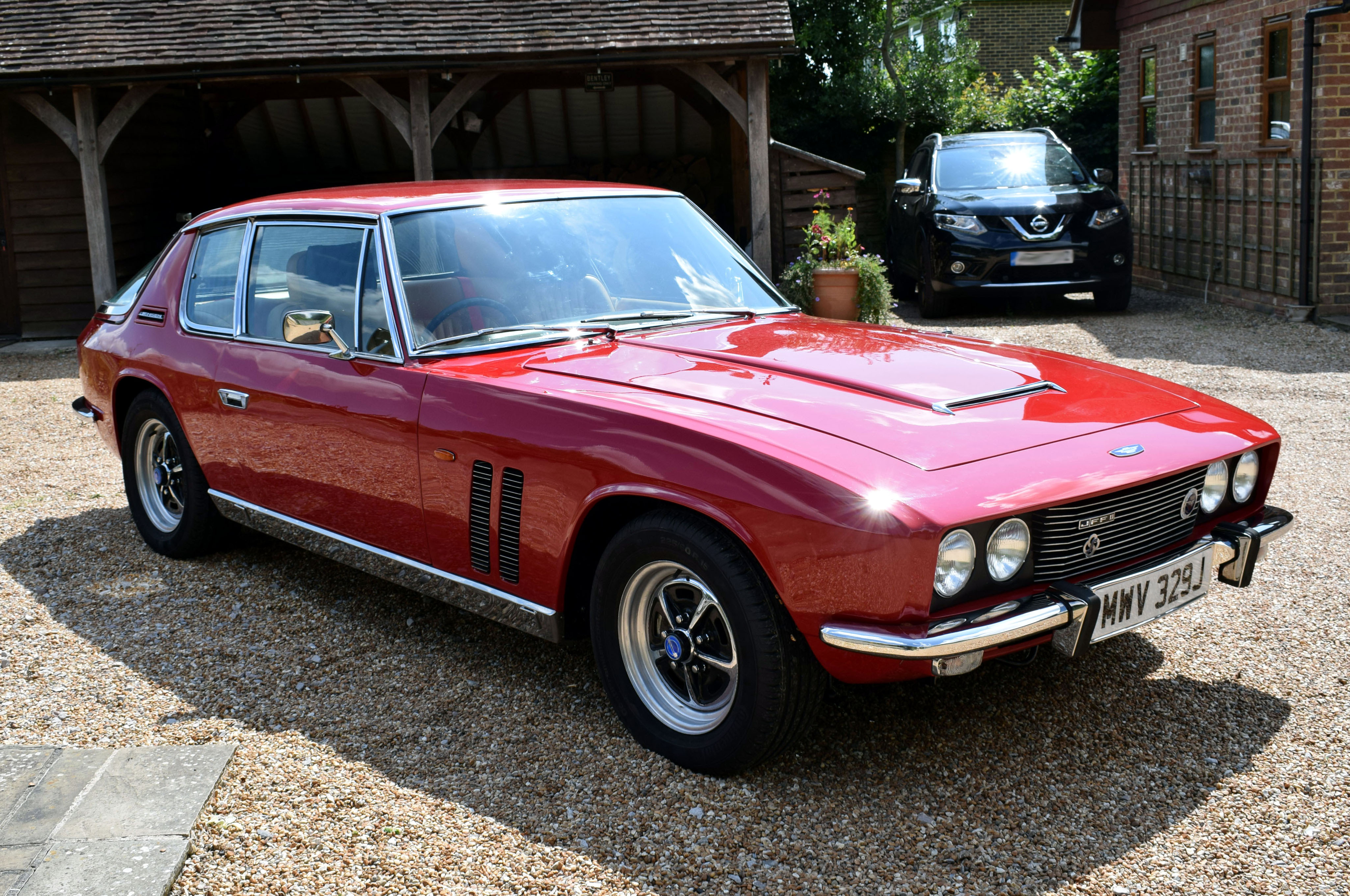 | 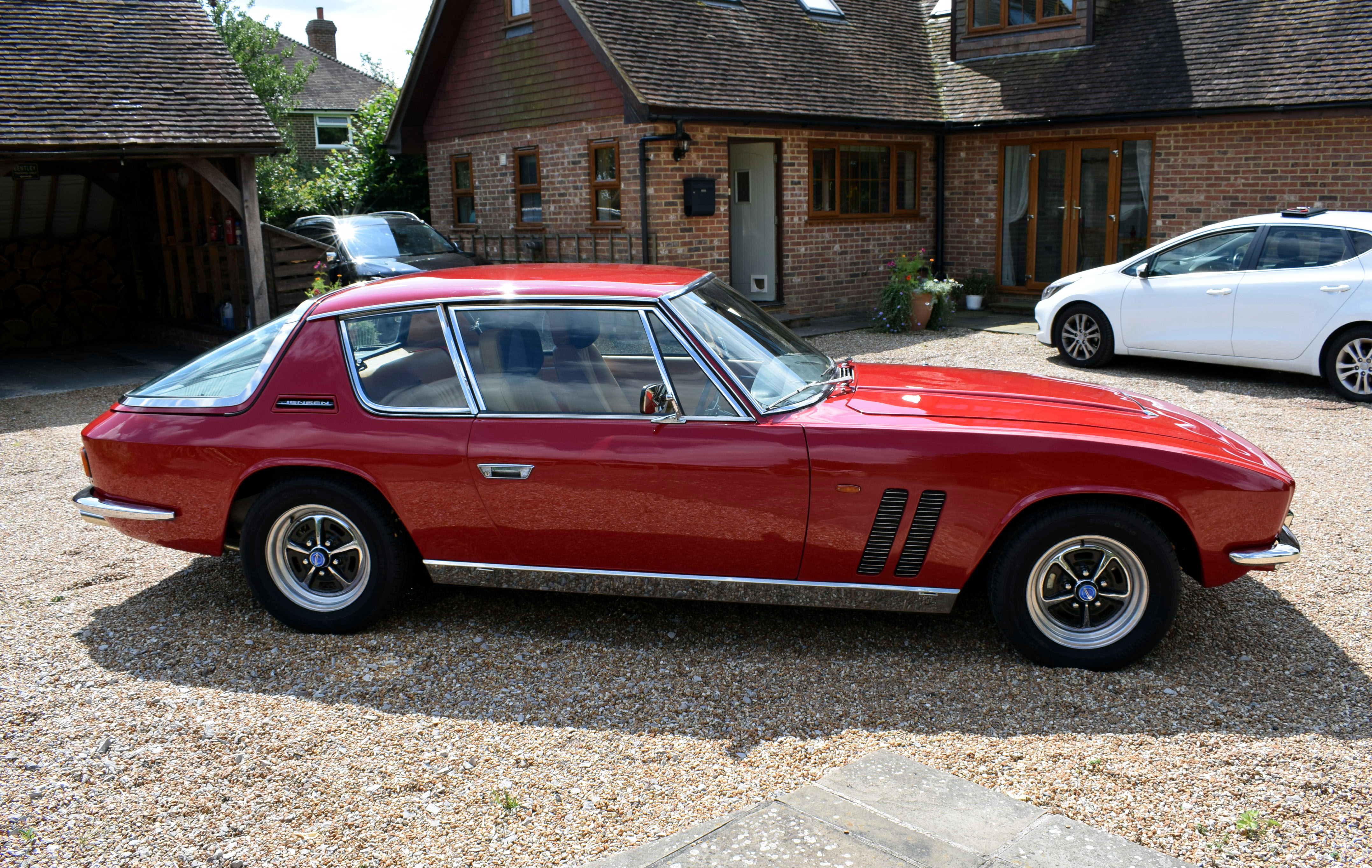 | 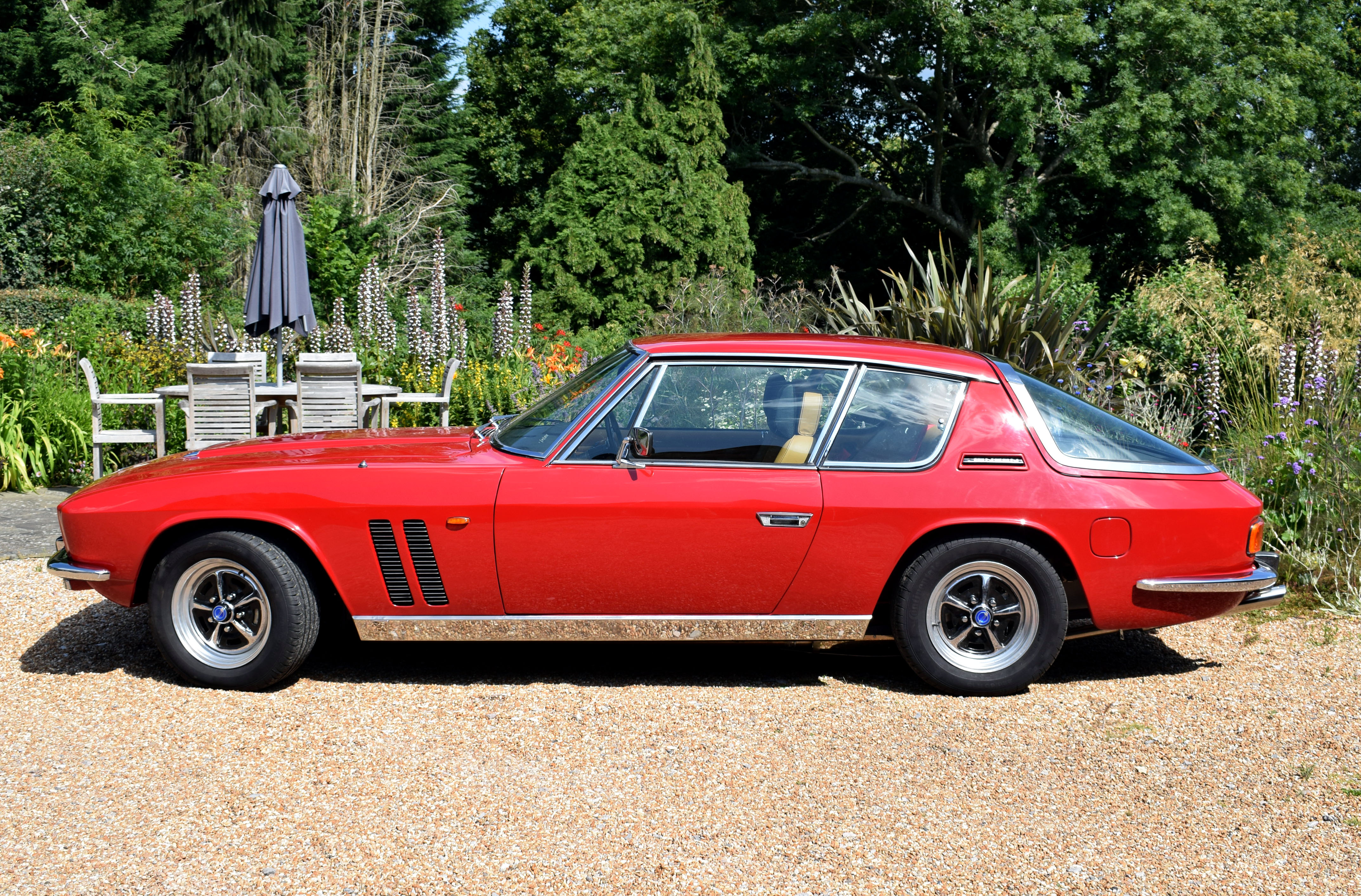 |  | |||||
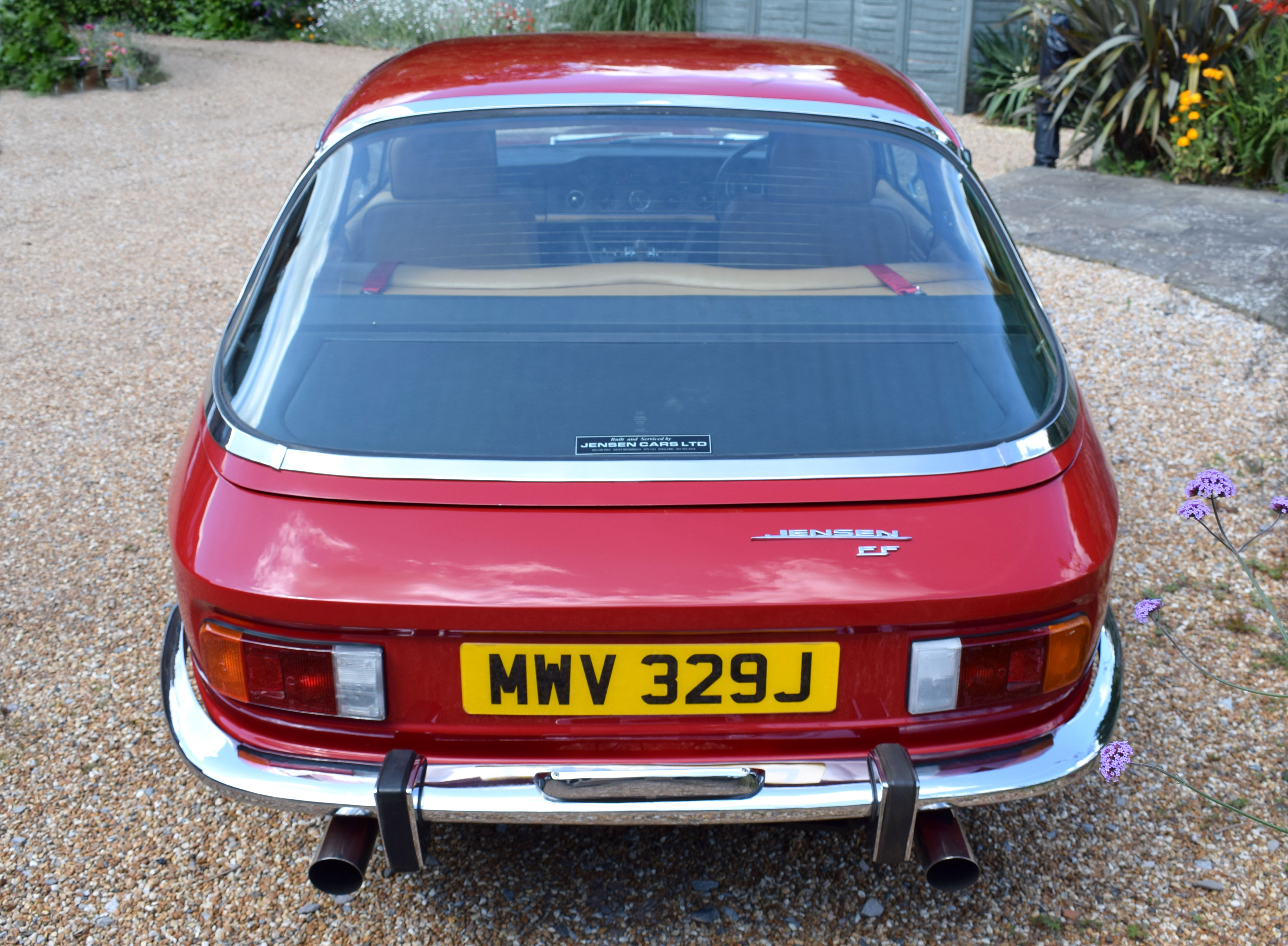 | 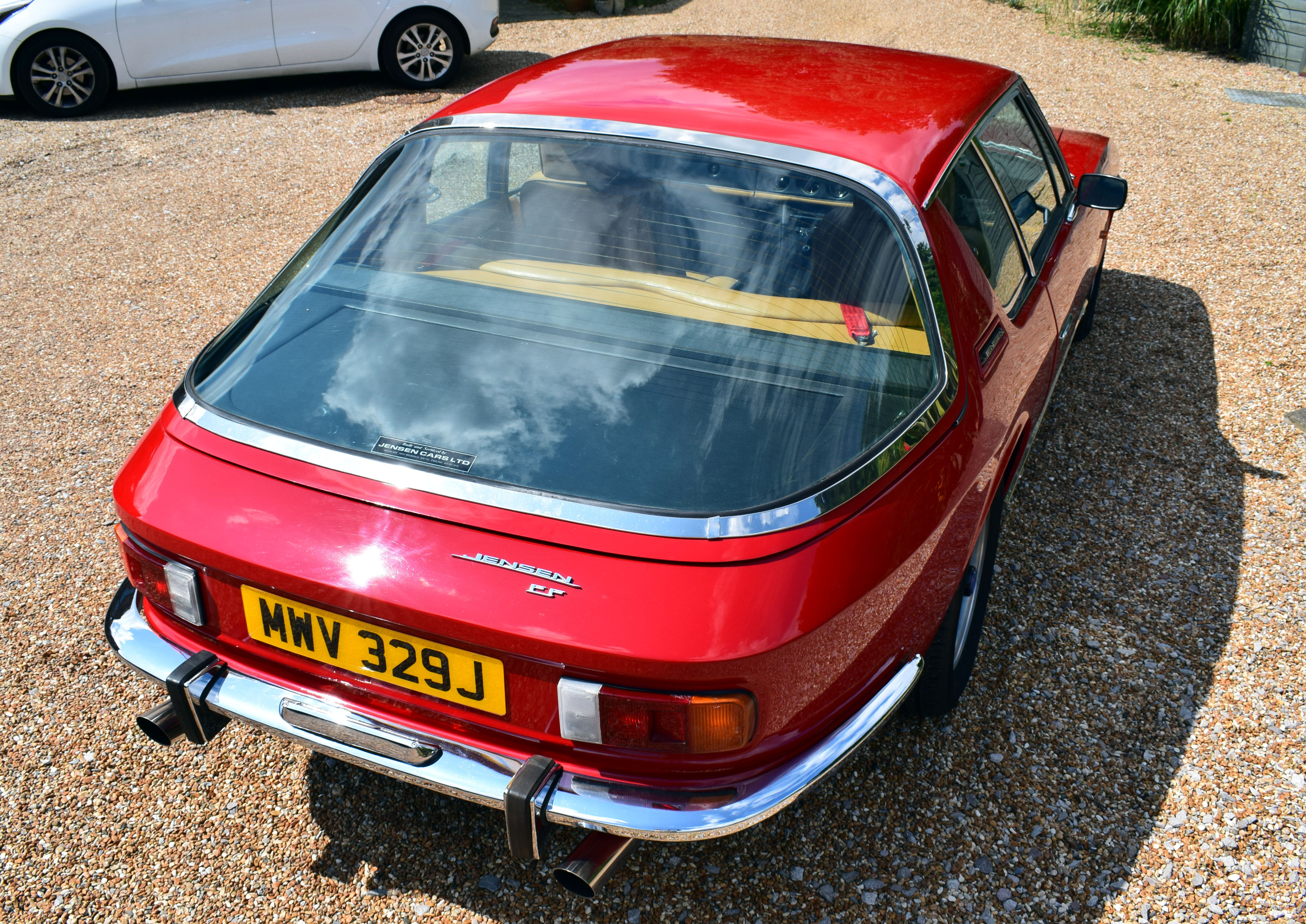 | 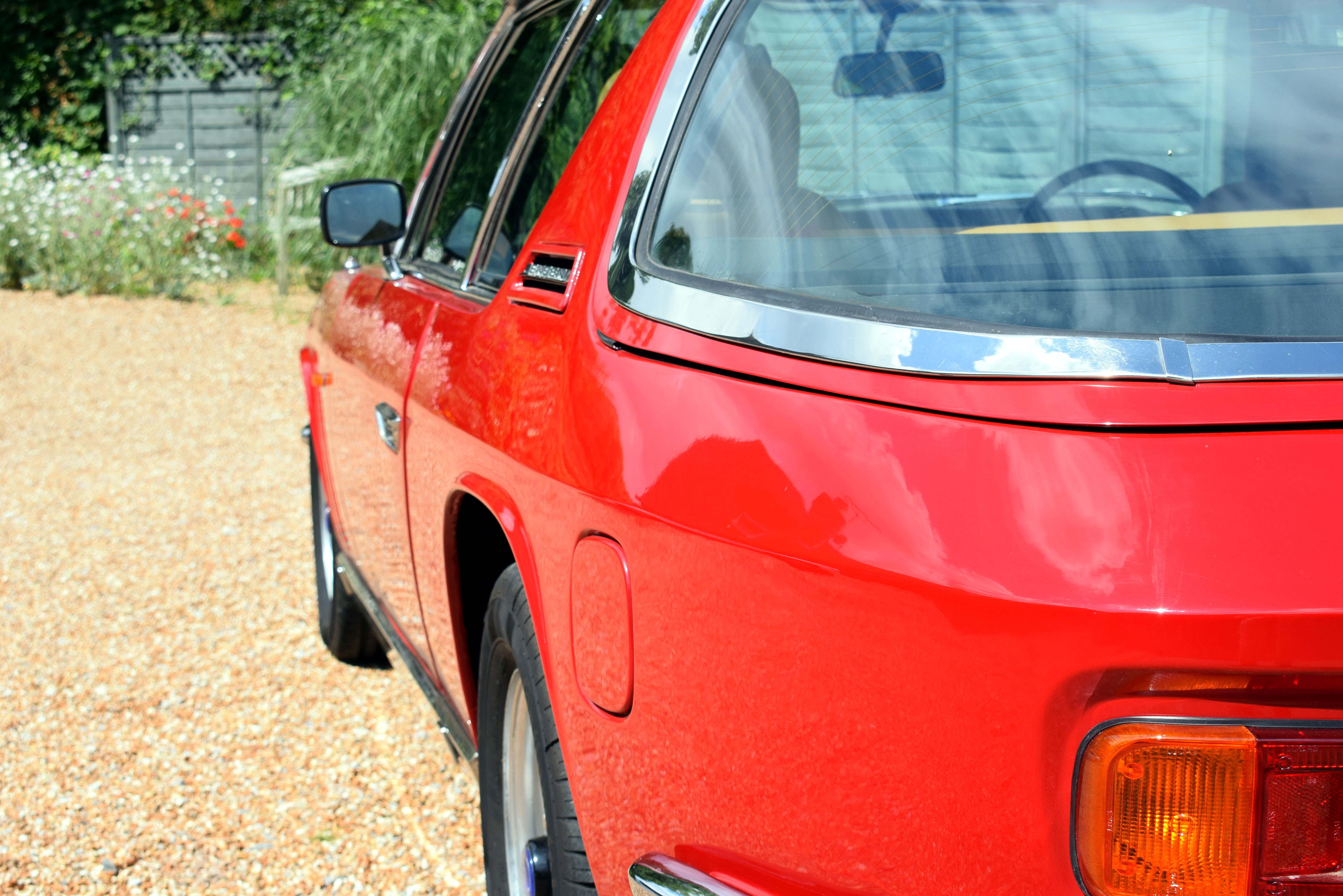 | 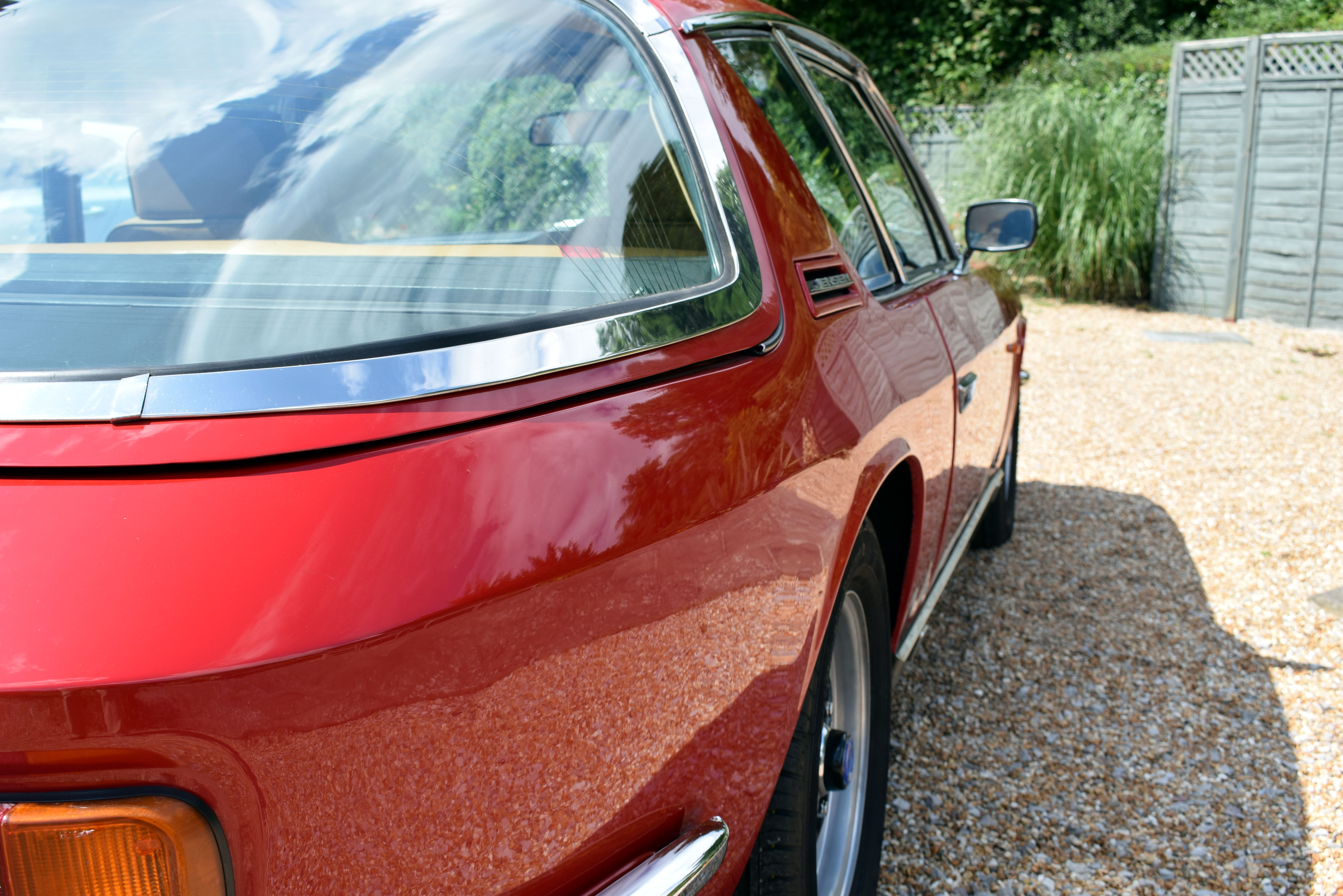 | 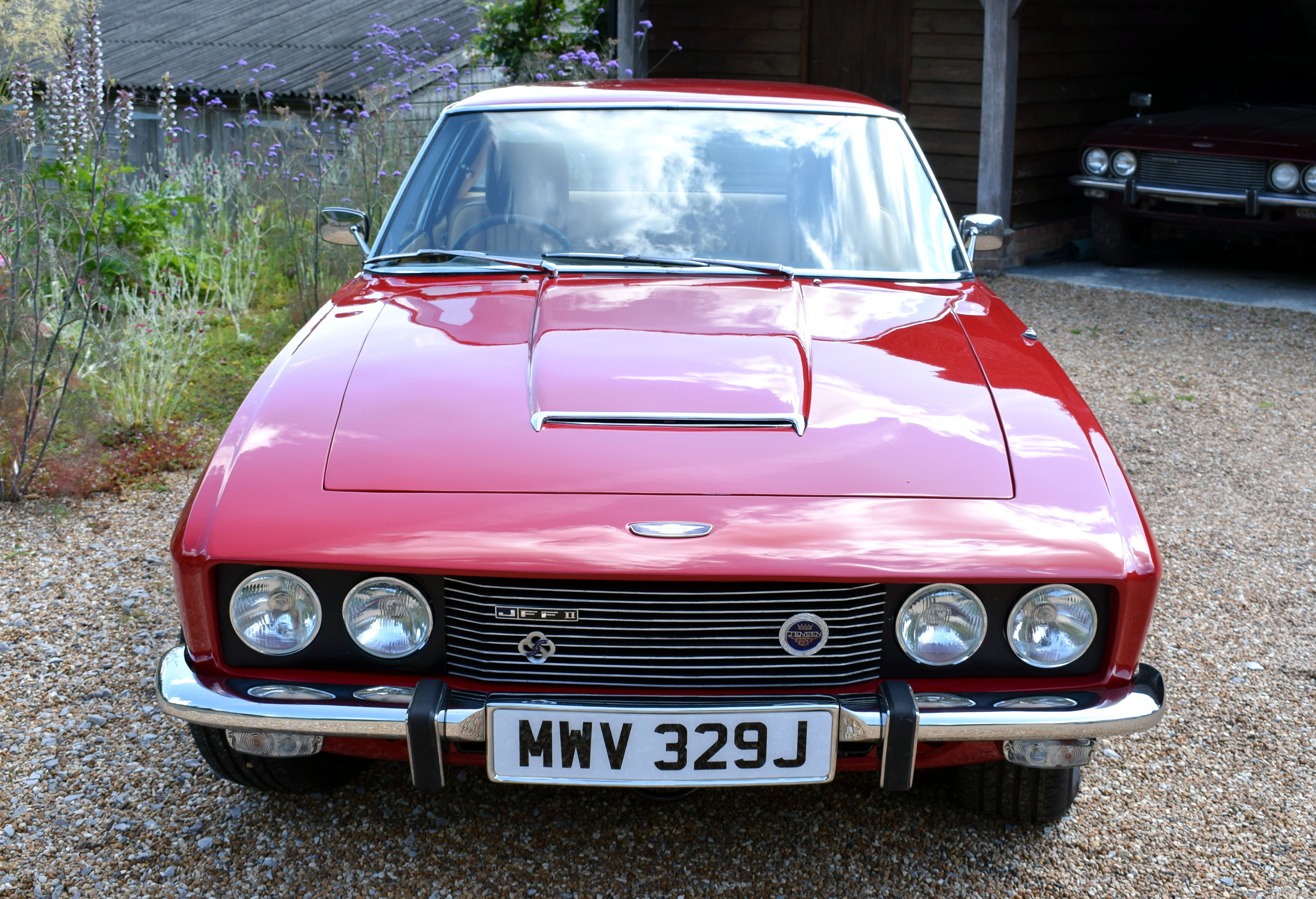 | |||||
 |  | 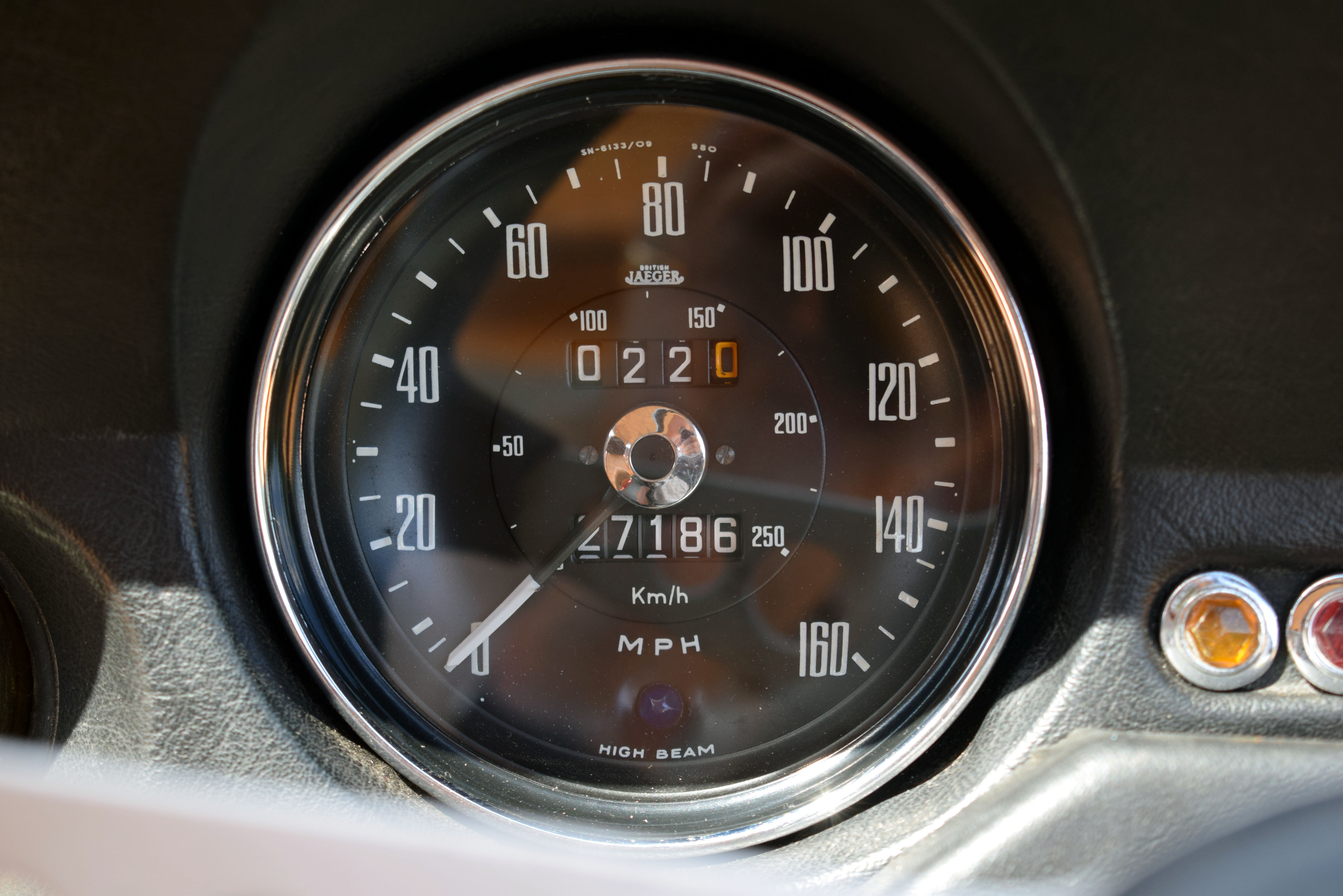 |  | 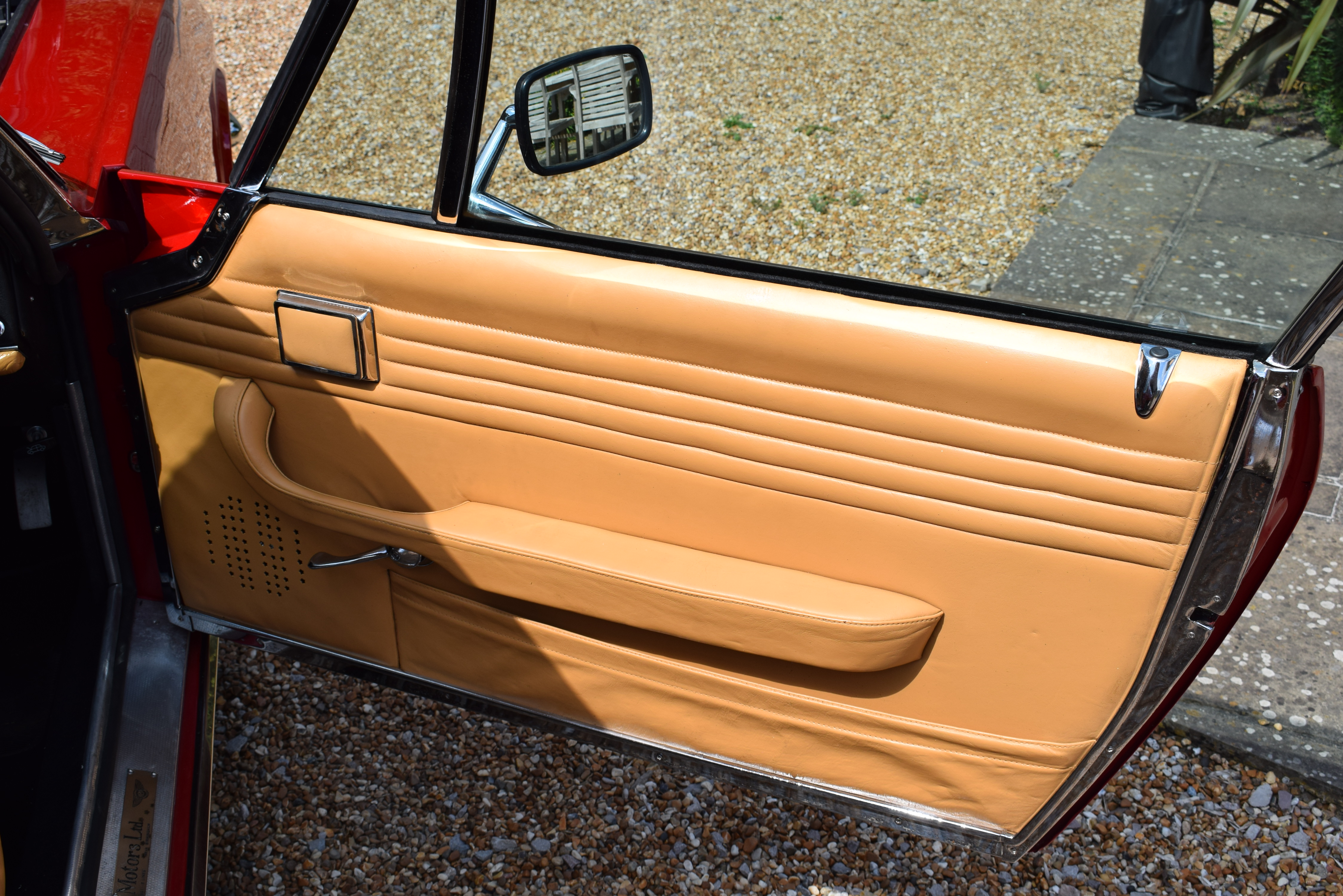 | |||||
 | 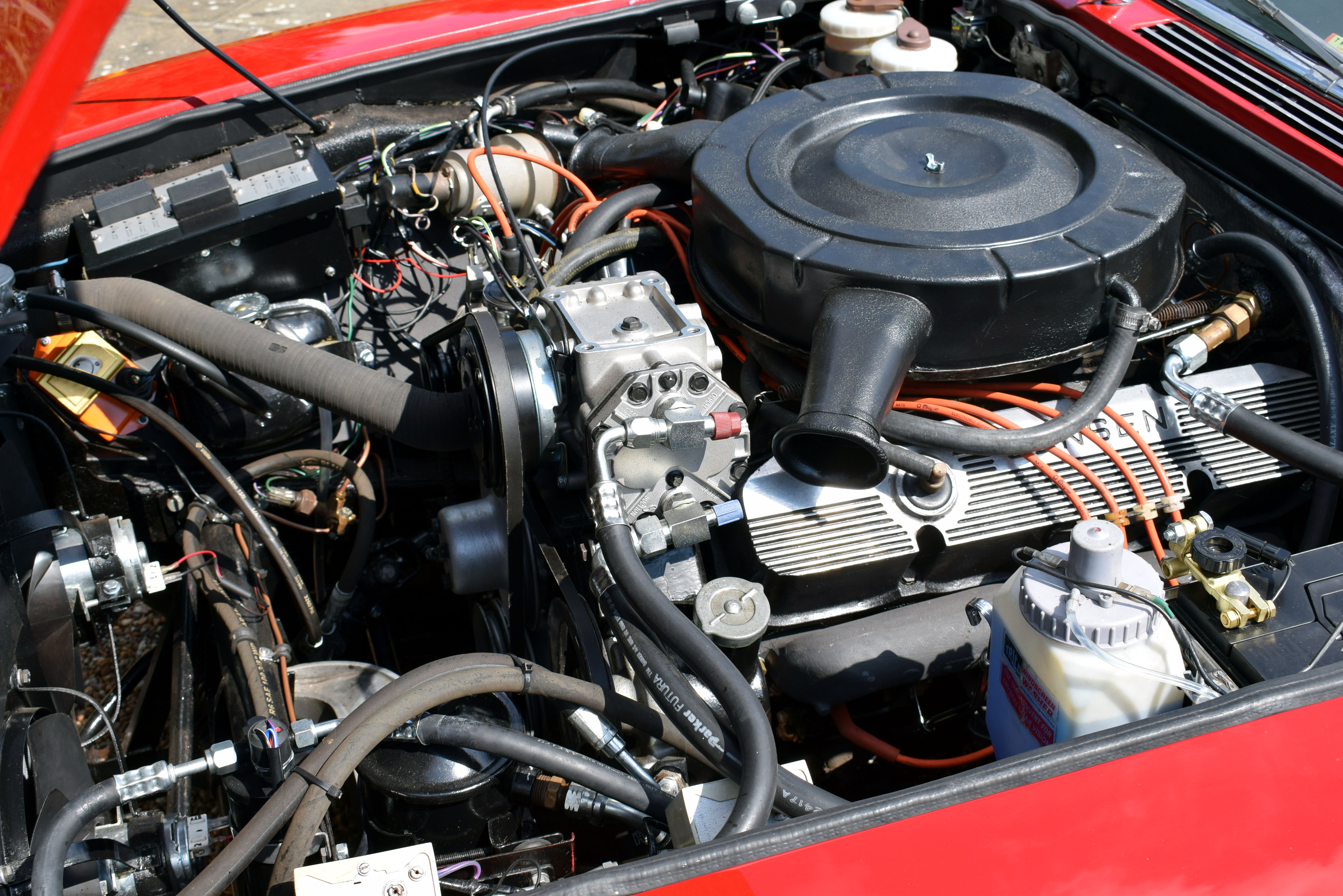 |  | 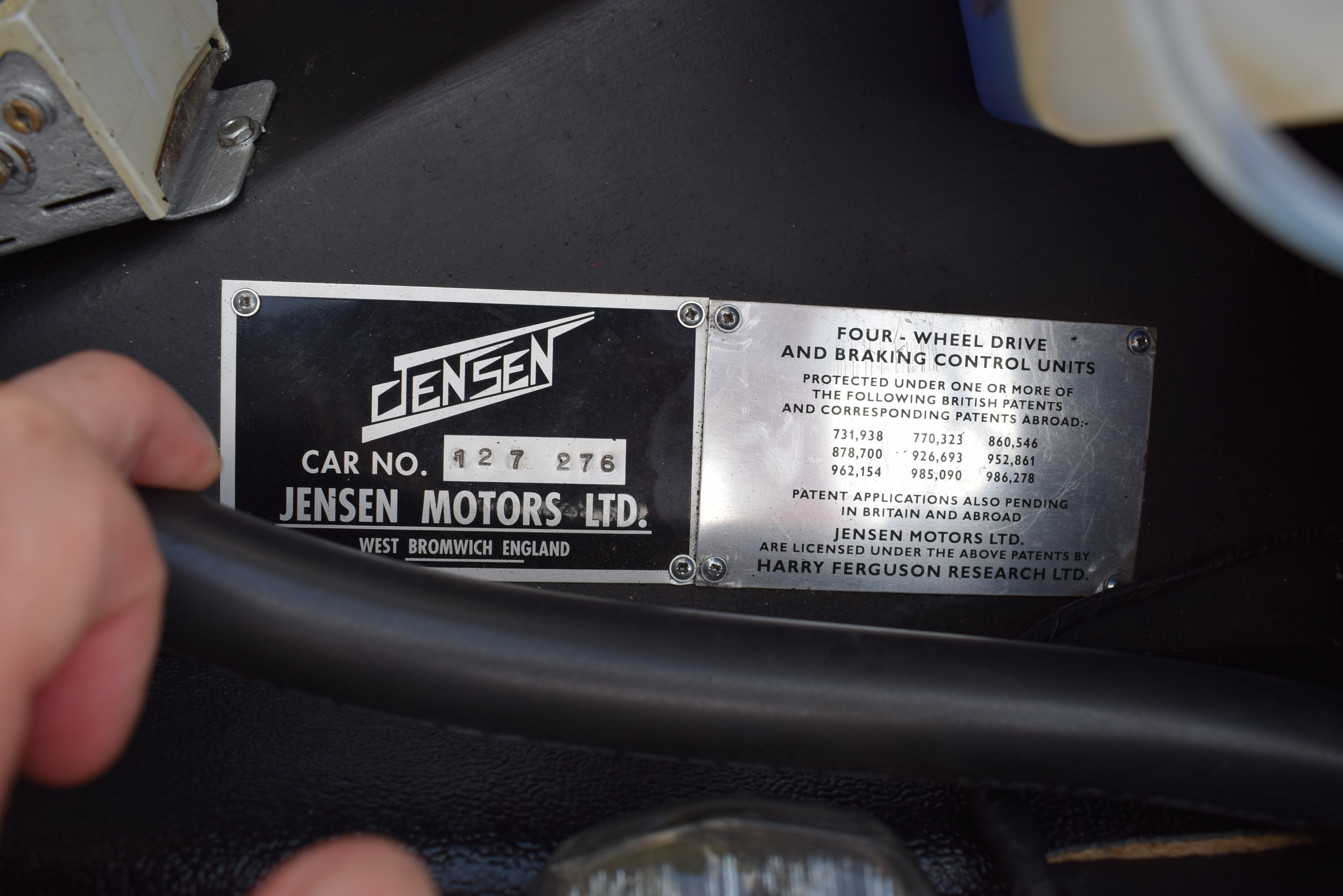 | 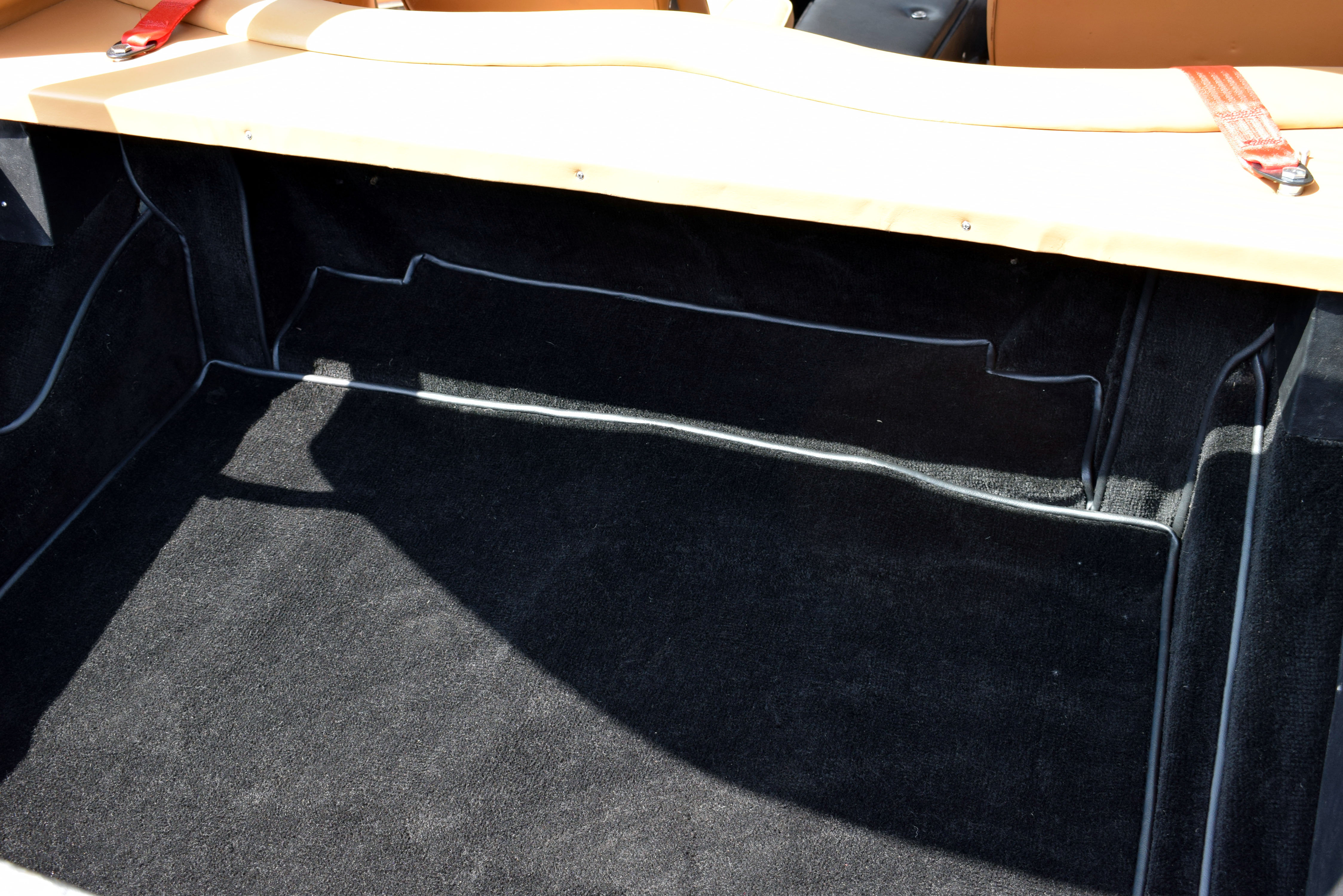 | |||||
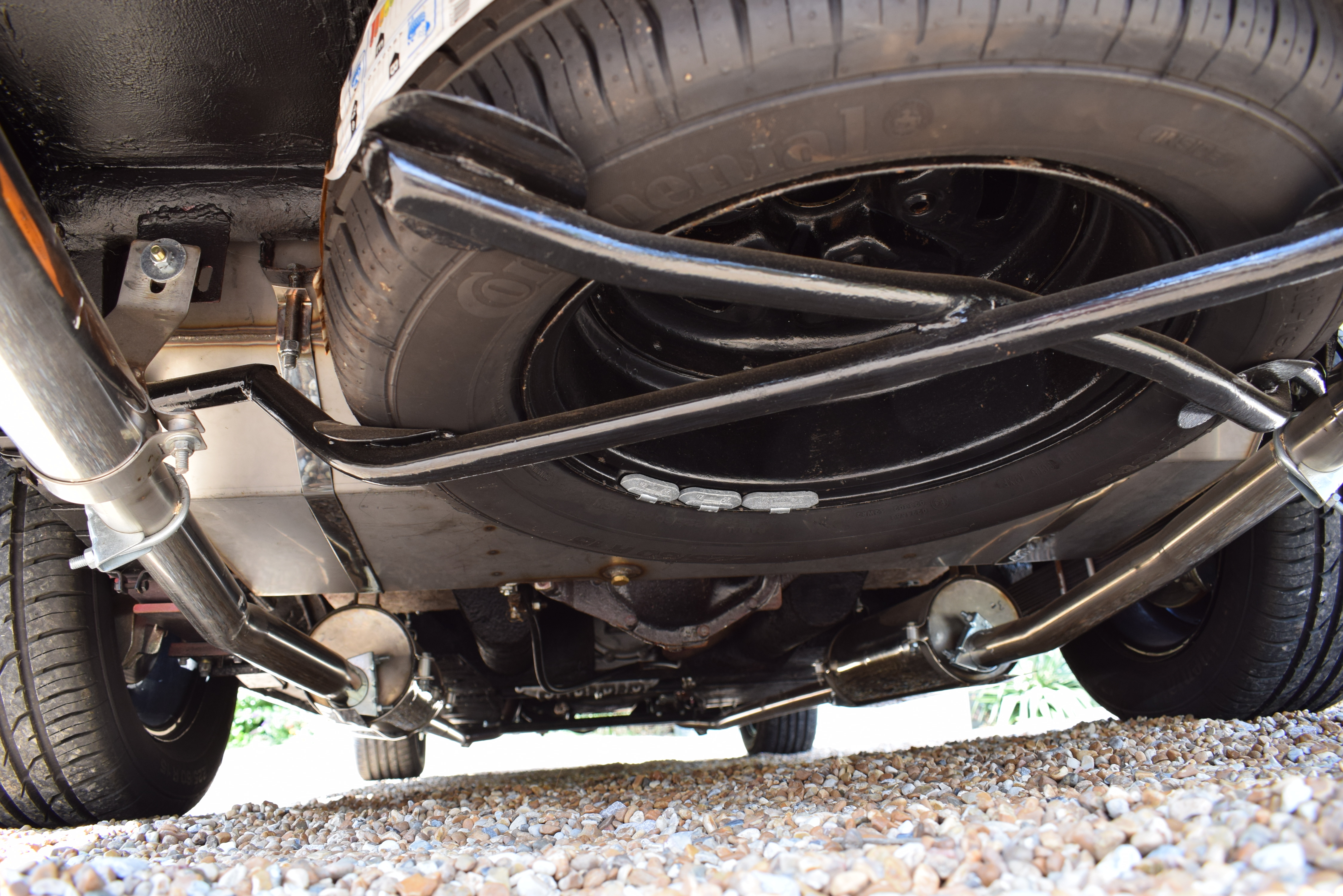 |  | 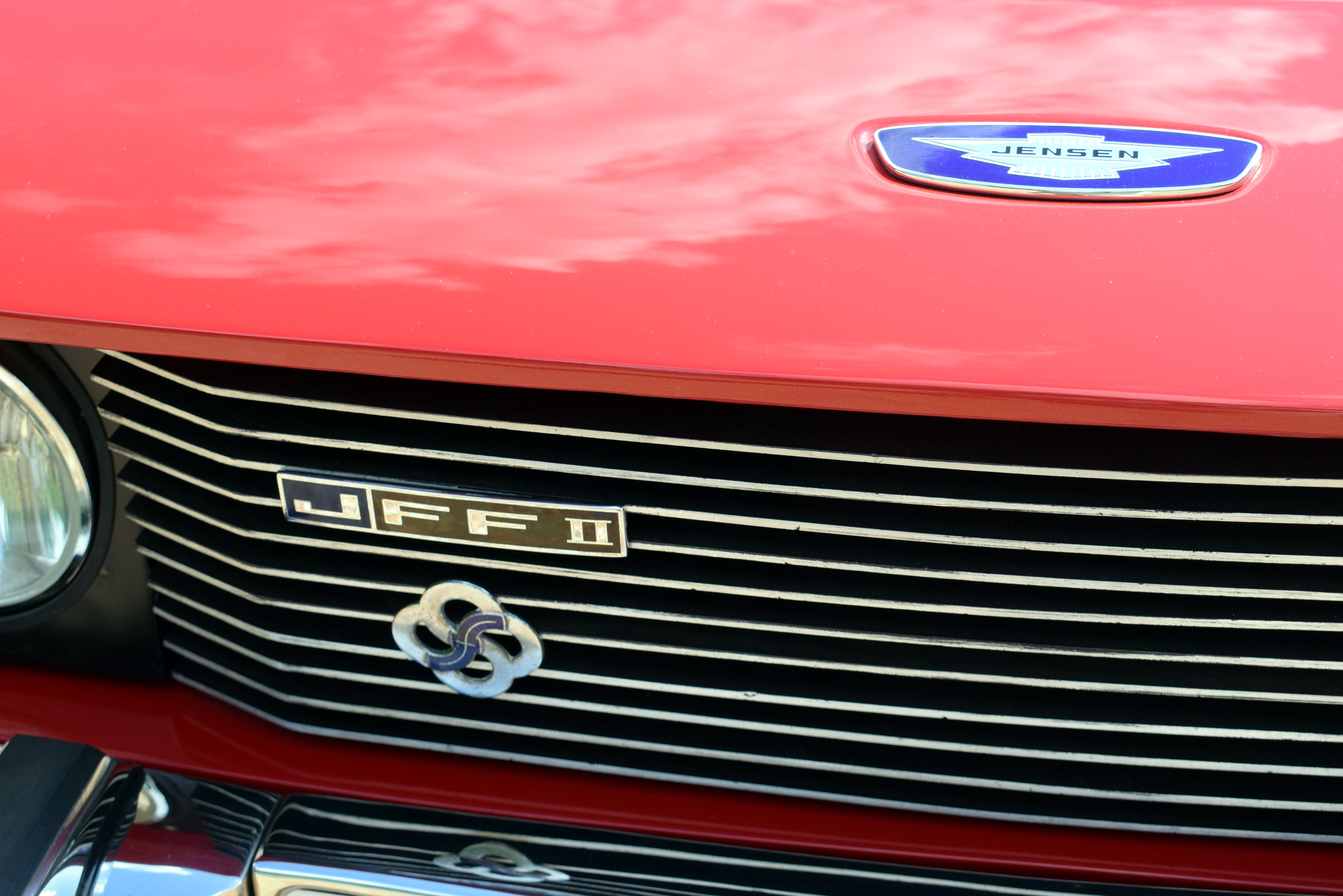 | 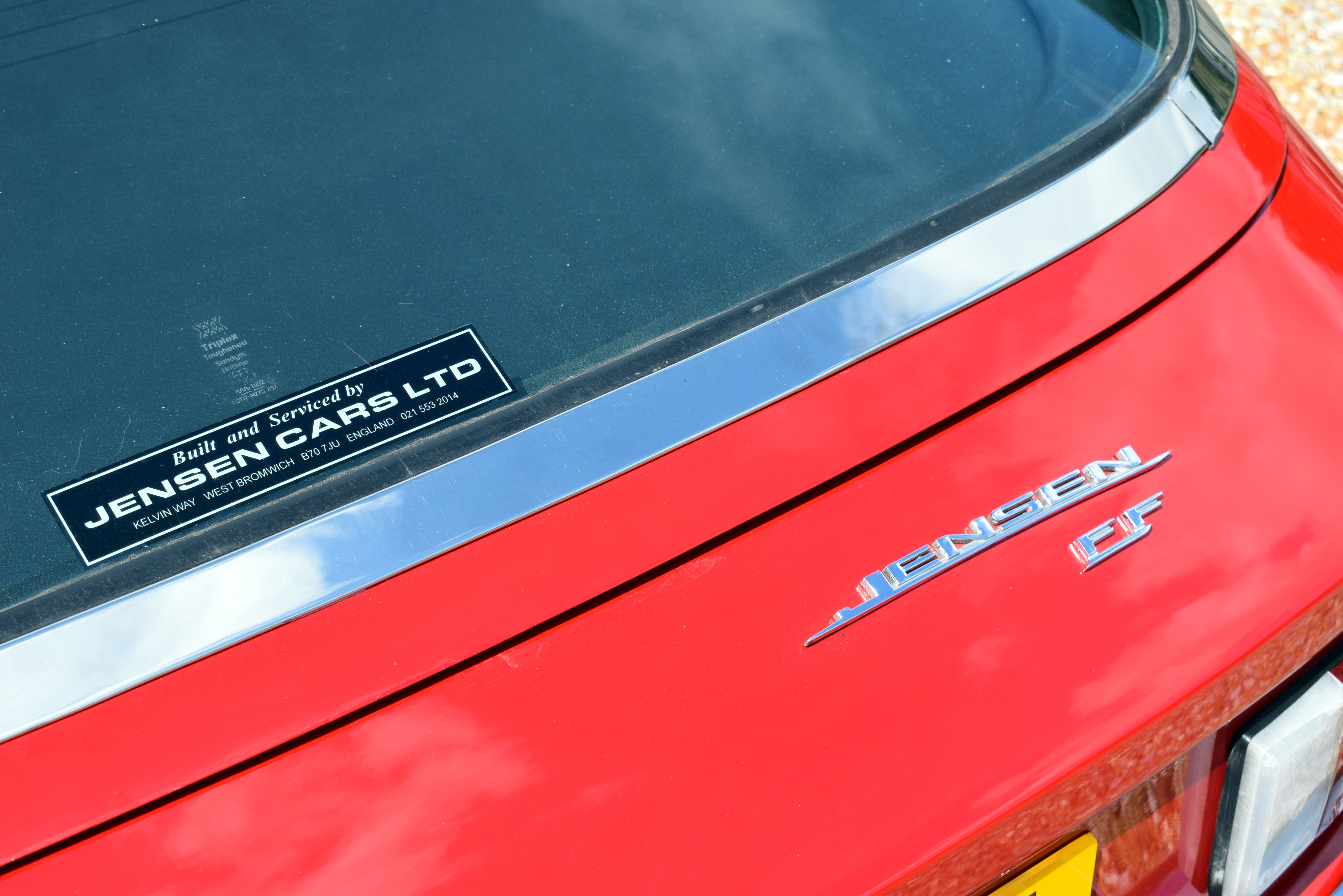 | 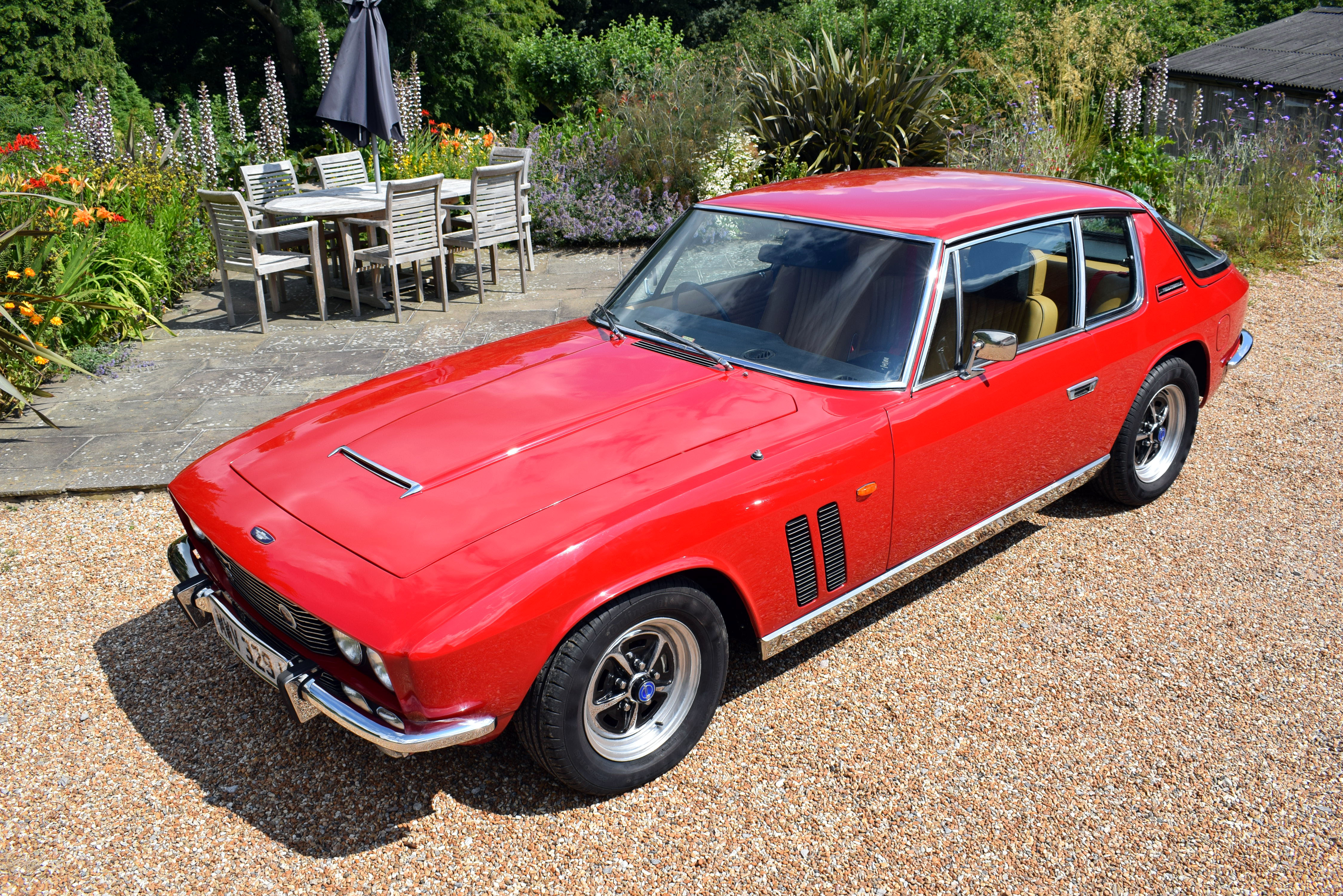 |
| Lot number | 97 |
|---|---|
| Hammer value | £70,000 |
| Description | Jensen FF |
| Registration | MWV 329J |
| Year | 1971 |
| Mileage | 27,000 (Indicated) |
| Colour | Pimpernel Red |
| Engine size | 6,276 cc |
| Chassis No. | 127-276 |
| Engine No. | 3373/127E |
| Documents | V5C; MOT June 2020 with no advisories; good file of history |
Launched in 1966, the Jensen FF was immediately voted Car of the Year by the motoring press due to its outstanding technical ability.
FF stood for Ferguson Formula, the four-wheel-drive system developed by Harry Ferguson for racing cars, that split the torque unequally between the front and rear wheels - 67% to the rear, 37% to the front - to give the car unheard of handling qualities for a big GT car of the mid-60s. This, combined with Dunlop Maxaret anti-lock braking - another first - is what led the pundits to call the FF the world's safest car.
Looking almost identical to the standard Interceptor, it was actually nine inches longer in the bonnet to accommodate the extra space needed for a front differential. The most obvious recognition point was the extra vent on either front wing. Jensen claimed a top speed of 140mph and a 0-60 dash of 7.4 seconds.
This 1971 Jensen FF was originally ordered in late 1970 from Jensen by German Distributor GHS. Plans subsequently changed and the car was prepared for the UK Market and sold through Newbury Motors of Halesowen in January 1971 to Mr DE Sharpe of Starco Engineering, Scunthorpe. The original registration number was PWP 646J. The history file shows various warranty claims and a regular service voucher at 36,000 miles in 1973.
Little is known of the car during the intervening years until it was purchased and registered to Mrs Atterbury of Brierley Hill in 1979 until mid 1980 when her husband became the registered keeper until June 1987. The car was purchased by Mr Ian Orford, Managing Director of Jensen Cars Ltd, in 1987. It is understood that the car had been repainted blue with a vinyl roof by this time and acquired the registration 6 DNX. Videos of the Jensen factory during this time indicate that Jensen Motors Ltd began to break the car for spares as it languished at the rear of the Kelvin Way factory.
The dismantled car was purchased in 1989 by Mr Winter of Sevenoaks who retained the car until he passed away in 2003 when his good friend and renowned Jensen enthusiast Tom Scullane purchased the car. It is understood that Mr Winter, in an effort to store the car in a confined space, had removed a section of the rear of the car which by this time was effectively a rolling shell complete with its original transmission and running gear. Mr Scullane’s daughter passed the car onto the current owner in 2004.
The FF was dry-stored for a number of years before being fully restored between 2015-2018 when it was returned to the original colour of Pimpernel Red. The inoperative speedometer was changed so the 27,000 miles shown is incorrect and the actual mileage is unknown. The restoration was comprehensive with many NOS panels and a new floor, stainless steel fuel tank and new bumpers.
On the mechanical side the gearbox and engine were rebuilt, the latter by Geoff Hauser. The braking system was fully overhauled and new Continental tyres fitted to the Rostyle wheels, while the interior was beautifully refurbished with seat belts front and rear. Subtle modern upgrades include a Retrosounds DAB radio with iPod and telephone connectivity and upgraded modern cooling fans. In all there are invoices on file for more than £20,000 and the car has an MOT to June 2020 with no advisories recorded.
Just 320 FFs were made in total before production ended in 1972 and the MkII (of which just 107 were made) is widely considered to be the best of the lot, fitted as it is with the sportier 6.2-litre V8 rather than the softer 7.2-litre unit of the MkIII. This has to be one of the best of the few FFs still in existence in freshly restored condition. Surely a great investment!